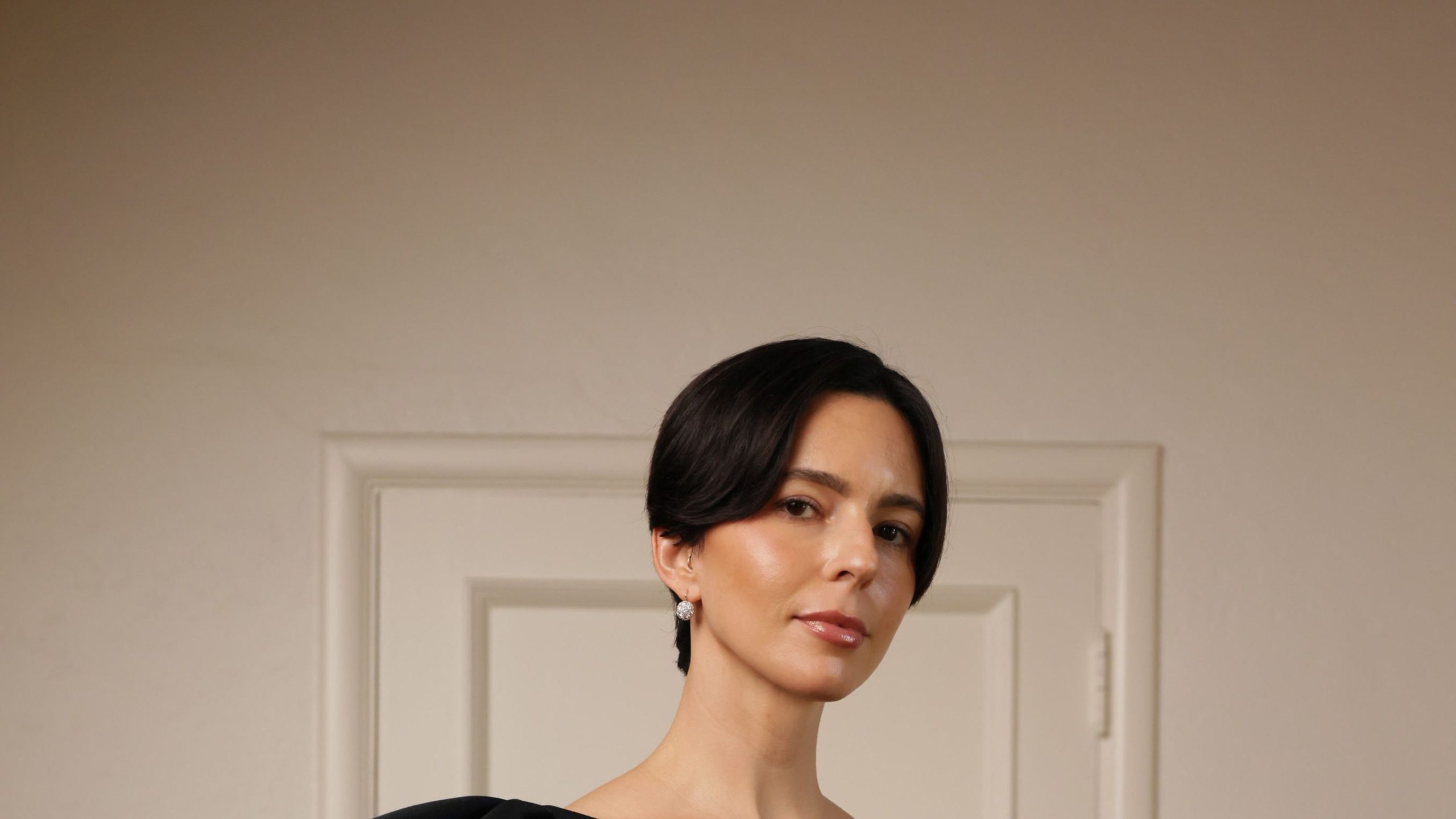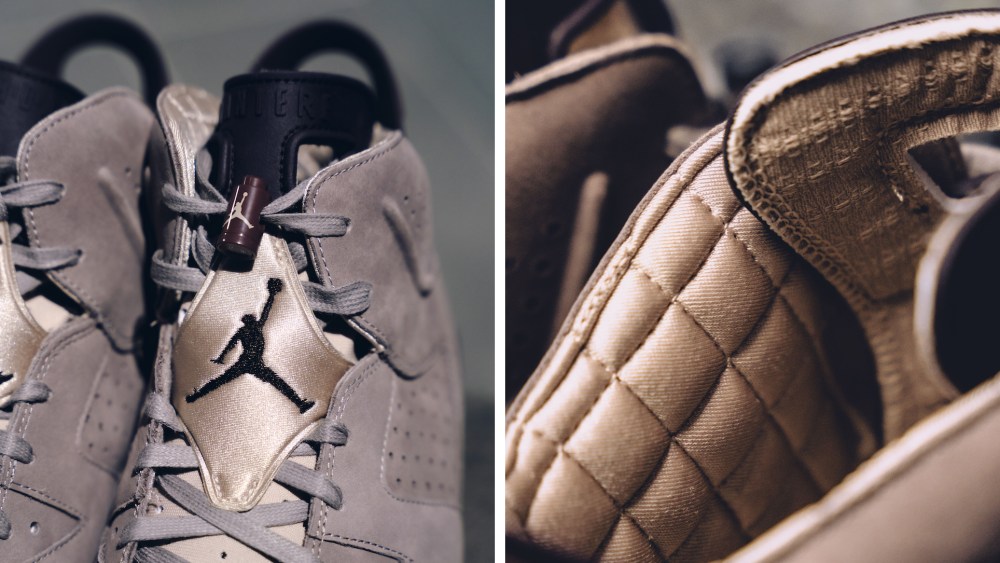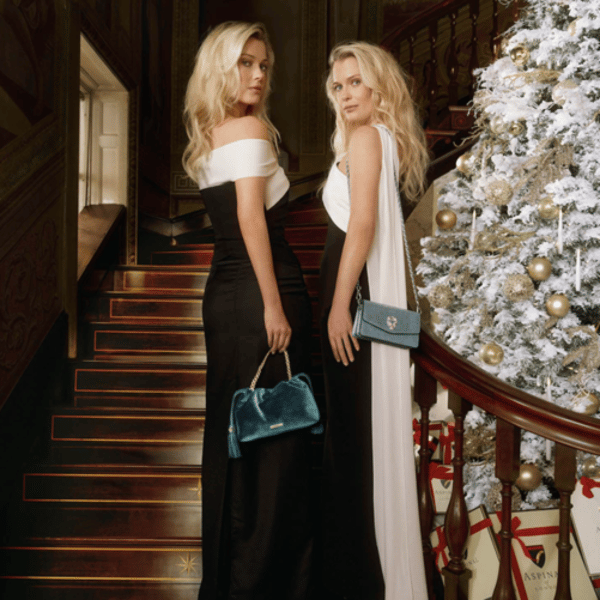Minimalism is all the rage in menswear — no matter where it’s designed.
Whether it’s coming from Japanese brands like Auralee, Ssstein and A.Presse; Scandinavian labels such as Mfpen, Our Legacy and NN.07; American upstarts including Evan Kinori and Stòffa or Western European brands Drake’s, Studio Nicholson and Lemaire, today, the most talked-about growing labels in menswear all lean on shapes and fabrics that speak louder than prints or logos. Though many of these brands have been around for a decade or more, they’re currently benefiting from a shift in menswear toward a versatile, pared-back look that offsets a chaotic political and socioeconomic climate.
Unlike the previous eras of logo-heavy streetwear in the mid-2010s or shrunken suits in the late aughts, the casually tailored, workwear-inflected minimal menswear looks good on mostly everyone, giving these labels that offer it a wider reach amid a broader luxury slowdown. While global luxury sales are expected to drop as much as 3 percent year on year in 2025, according to estimates from Bain, Mfpen’s sales are up 30 percent for 2025 and Copenhagen-based minimalist label Berner Kühl is on pace to grow 20 percent.
“When people were wearing giant Balenciaga sweatshirts, we looked like idiots,” said Chris Black, a columnist for GQ and the founder of brand consultancy Done to Death Projects. “My dad could put on a $1,000 jacket from Evan Kinori, and it would look as cool on him as it would look on a guy that’s buying it on Mr Porter.”
While right now, menswear enthusiasts earn instant credibility by name dropping Evan Kinori, Auralee or Mfpen, there’s a risk that these labels’ clean lines, relaxed fits and earth tones will start to blend together, reducing their potential to remain top of mind for consumers once they’ve moved past minimalism.
“As a designer, it’s a bit boring that everything looks kind of the same,” said Frederik Berner Kühl, founder and creative director of his namesake label. “You have to refine those nuances that make you stand out.”
To ensure they’re able to do so, these brands are working to highlight the small details that make their pieces unique, whether it’s in colour palette, styling or inspiration. Auralee mixes bright reds, yellows and greens with its browns and greys, while Mfpen offers a grungy take on a corporate uniform; Evan Kinori embodies a rugged look with its Irish wool flannel overshirts and elastic-banded hemp canvas pants and Stòffa favours soft, relaxed tailoring.
They’re all doubling down on their idiosyncrasies through fabrications and design quirks or in-store experiences that clearly communicate their design ethos.
Menswear’s New Minimalism
Though their look is similar, different geographies are producing specific takes on minimalism — you just have to know what to look for.
The Japanese brands, for instance, are mixing casual European tailoring and American workwear with touches of Japanese iconoclasm — think pleated-front utility jackets, twisted denim, wide-leg trousers and striped dress shirts.
“This new cohort of Japanese brands … are much more about fabric and form and much quieter,” said Daniel Todd, a buying director at Mr Porter. “They’re identifiable by a dyeing technique or a fit or a silhouette.”
In Scandinavia, minimalism is often expressed through structured garments like spread-collar zip-up jackets and sharp double-breasted overcoats. The Western European labels can toggle between high-fashion that borders on avant garde — like Lemaire’s sculptural boxy jackets with billowy sleeves — or lean into their heritage like Drake’s does with its tweed blazers and Shetland wool cable knits. Brands in the US blend the western and preppy aesthetics that were popularised in the region — think lug-soled loafers, crewneck cardigans or T-shirts with pockets.
The collective rise of minimalist brands represents a shift away from catering to trend-hungry hypebeasts. Instead, buzzy menswear labels today offer well-made clothes for grown-up, in-the-know consumers looking for an updated version of a well-loved overcoat, or younger shoppers hoping to develop a sense of personal style that won’t be out of fashion in a year, said Jian DeLeon, men’s fashion director at Nordstrom.
NN.07’s approach to that remit is designing “lifestyle” pieces like its $300 pleated Kay trousers with a partially elasticised waist — that can go from the office to the bar — for a modern man who is “done with noise,” said Anders Rahr, the company’s chief executive.
“There’s this new movement toward craft and artisanal menswear,” DeLeon said. “The clothes are secondary to everything else that informs why you’re into it, which is a new way of thinking for a lot of men.”
Differentiation Is in the Details
In an era of visual sameness, brands are homing in on the subtle distinctions that set them apart.
Some designers inject their personalities into their products. Mfpen’s design philosophy is rooted in a clash between its mature tailoring and the hard, grungy sensibilities of its founder and creative director, Sigurd Bank. A pair of jeans or a belt, for example, will include metal rivets that “contrast” with “the corporate elements” of the clothes and nod to Bank’s countercultural taste, he said.
“We have a different attitude towards the establishment,” Bank said. “We try to take garments from the corporate world and recontextualise them.”
Labels also communicate their distinctiveness by highlighting the way their clothes are made. This year, made-to-measure label Stòffa started using natural dyes for its merino wool sweaters, wool twill jackets and trousers and brushed cotton dress shirts. In October, the brand displayed the “ingredients” that comprise those dyes in the middle of its flagship store in New York’s SoHo neighbourhood “to tell deeper stories about the product,” because sharing “information with our customer is a valuable way to drive that connection,” said Nicholas Ragosta, Stòffa’s co-founder.
“It comes down to how you separate yourself from a brand perspective,” Black said. “That’s where the race is because at that level, the product is all very good.”
Brands are modernising their assortments without radically destabilising their aesthetic foundations. British label Drake’s, which has been a destination for transatlantic preppy style since 1977, has softened its shirt collars and widened the cuts of its shirts and outerwear in recent seasons, said Michael Hill, Drake’s creative director. Small updates to fabrications can also push a label’s design language forward. For its Fall/Winter 2025 collection, Berner Kühl added 5 percent cashmere to its corduroy to achieve a slouchier look that felt more versatile and approachable than the stiff pure cotton it typically uses, Kühl said.
“It’s trying to separate minimalism from emptiness. What’s the stuff that actually adds meaning to the product,” Kühl added. “That can be inspiration enough in itself.”
If menswear becomes loud again, minimalist brands will continue to appeal to a subset of sophisticated consumers who want forever pieces made with intention and care.
“When the customer comes in and is able to find their fit, and it makes them feel confident and feel good, you get a lifetime customer out of them,” said Christopher Green, owner of men’s boutique Ven.Space, which stocks brands like Lemaire, Auralee, Mfpen and Stòffa.


